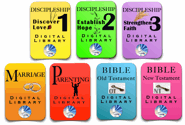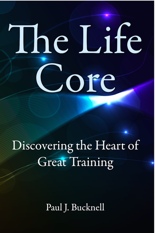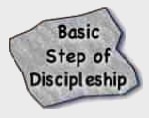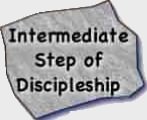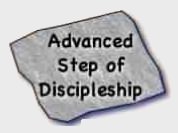
The Transformation of the Bible
How is the Bible different today from before?
The Bible's Challenge | Transformation | Canonization| Extent | Inspiration | Reliability | Relevance | Version1. The Composition of the Bible
The Bible's 66 books written over a period of 1500 years by more than 40 authors.
Old Testament (OT) |
New Testament (NT) |
The OT consists of 39 books written from 1500 BC to 400 BC mostly in Biblical Hebrew. Aramaic was used in a limited way in some texts (when in exile). |
The NT consists of 27 books written from 33 AD to 70 or 90 AD mostly written in Koine Greek. Up until 1914 they thought this language was a 'heavenly' Greek! |
2. The Authors of the Bible
In contrast to what we might think, most of the authors were not part of a religious caste. The authors included kings and shepherds, fishermen and statesmen and men from many different walks of life. They went from being ordinary men to God's prophet. Only at a few special times did God call them to use their prophetic gift to write down God's revelation for others to read.
"Then the LORD said to me, "Even though Moses and Samuel were to stand before Me, My heart would not be with this people; send them away from My presence and let them go!"" (Jeremiah 15:1).
3. The Books of the Bible
The 66 books that comprise the Bible were divinely orchestrated over a long time and a large geographical area. They hold in common two main points:
(1) A special focus on Christ the Messiah who brings God's grace into the world.
• "The New is in the Old concealed, and the Old is in the New Revealed."
• "The New Testament is veiled in the Old Testament, and the Old Testament is unveiled in the New Testament." (Augustine)
(2) A claim and recognition of divine authority.
1 Peter 1:10-12 says,
"As to this salvation, the prophets who prophesied of the grace that would come to you made careful search and inquiry, seeking to know what person or time the Spirit of Christ within them was indicating as He predicted the sufferings of Christ and the glories to follow. It was revealed to them that they were not serving themselves, but you, in these things which now have been announced to you through those who preached the gospel to you by the Holy Spirit sent from heaven--things into which angels long to look."
(3) The Form of the Bible
Books as we know them are a relatively recent development. The multiplication of books is even more recent. Because of this we need to carefully trace the steps of history to find the forms the original sciptures took.
Many of the ancient writings were written on scrolls that were ‘scrolled' up. There were no books; printing is a recent development.
In order to save space on the expensive and bulky materials like stone, animal skins, papyrus, etc., there was no punctuation. Nor were there chapters or verses!
Because of limited development in written languages, only capitals (uncials) were used. For example, there could be confusion over where a new line starts.
Is NOWHERE 'no where' or 'now here'? |
4. The Order of Bible Books
The order of the Bible books is not inspired; only the original words are inspired. The Old Testament (lit. covenant) had at first only two sections (Mt 5:17; Mk 11:13; Lk 24:27):
-
The Law (i.e. Moses first five books) and
-
The other prophets including the historical and poetical books.
Both Josephus and the Talmud asserted that the end of the prophetic line came in Nehemiah's day with Malachi in 400 BC. The threefold (Lk 24:44) and fourfold organization came later. The Greek translation of the OT made in Egypt in the 3rd century BC (Septuagint (LXX)) popularized this fourfold division.
The New Testament follows a similar topical order (Gospels, Letters, Historical). Subdivisions are made for the many epistles (letters) through the author (eg. Pauline or Petrine Epistles).
Knowing about God's Word and its reliability is one important matter, but one also needs to know how to meet God in the scriptures.
Other Articles on the Origin of the Bible Series |
|
1. How is the Bible different today from before? |
|
2. How did the Bible come into being? |
|
3. Why aren't other books part of the Bible? |
|
4. How is the Bible different from other books? |
|
5. Doesn't the Bible have a lot of mistakes? |
|
6. Is the Bible really relevant to my life? |
|
7. What Bible version should I use? I'm confused. |
|
8. Why do some people say that I must use the KJV? |
|
info@foundationsforfreedom.net
Scriptures typically quoted from the New American Standard Bible unless noted:
(C) Copyright The Lockman Foundation 1988
